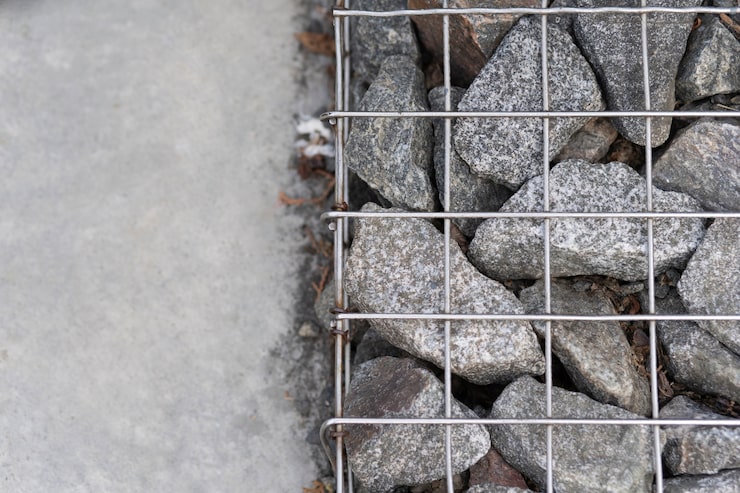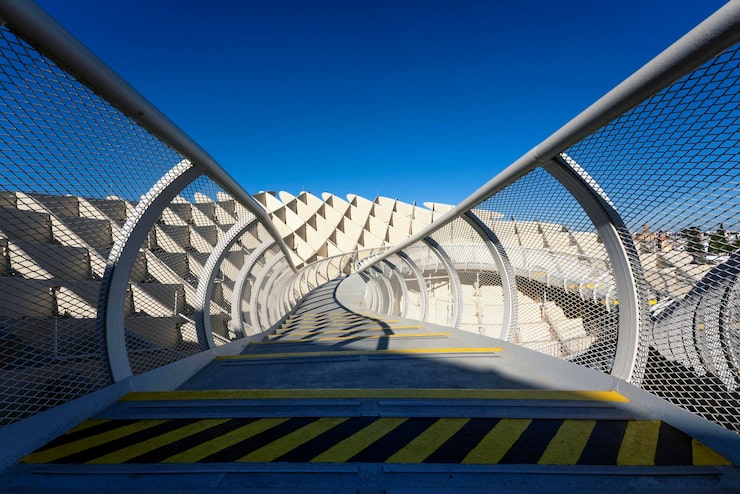Dams and reservoirs are monumental infrastructure projects that demand exceptional durability, watertight performance, and structural resilience. Withstanding hydrostatic pressure, seismic activity, and continuous water exposure over decades requires materials that do not deteriorate under stress. That’s where The Graphene Solution delivers a transformative advantage—our graphene-enhanced concrete is engineered specifically to outperform traditional materials in high-stakes water management projects.
Unlike ordinary mixes, graphene concrete resists water infiltration, reduces shrinkage cracking, and enhances structural cohesion. These properties are vital for preventing leaks, ensuring dam wall stability, and maintaining reservoir integrity under fluctuating environmental and pressure conditions. The result? Longer-lasting, safer, and more sustainable hydro-infrastructure that supports both energy and water conservation.
In modern dam engineering, innovation isn’t optional—it’s essential. Graphene-infused concrete introduces a new standard of material performance, capable of enduring nature’s forces while aligning with global sustainability goals. Whether constructing new dams or restoring aging reservoirs, graphene provides the strength and resilience to meet today’s—and tomorrow’s—challenges.
Dams and reservoirs serve critical functions in energy production, flood control, irrigation, and drinking water storage. Their concrete must withstand enormous internal and external forces over decades. Traditional cement degrades over time due to water intrusion, alkali-silica reactions, and thermal stress—but graphene technology changes everything.
When graphene is added to concrete, it doesn’t just harden—it becomes smarter. It self-reinforces the matrix and improves hydration efficiency, resulting in a more cohesive, compact structure. This directly translates into fewer repairs, less downtime, and safer infrastructure for communities relying on water security and hydroelectric power.
Water infrastructure built with graphene concrete isn’t just stronger—it’s engineered for decades of uninterrupted performance.
















